Uptick Insight Series | 10 Ways RWAs Are Powering the Next Phase of
Web3 Adoption
Published on May 20, 2025
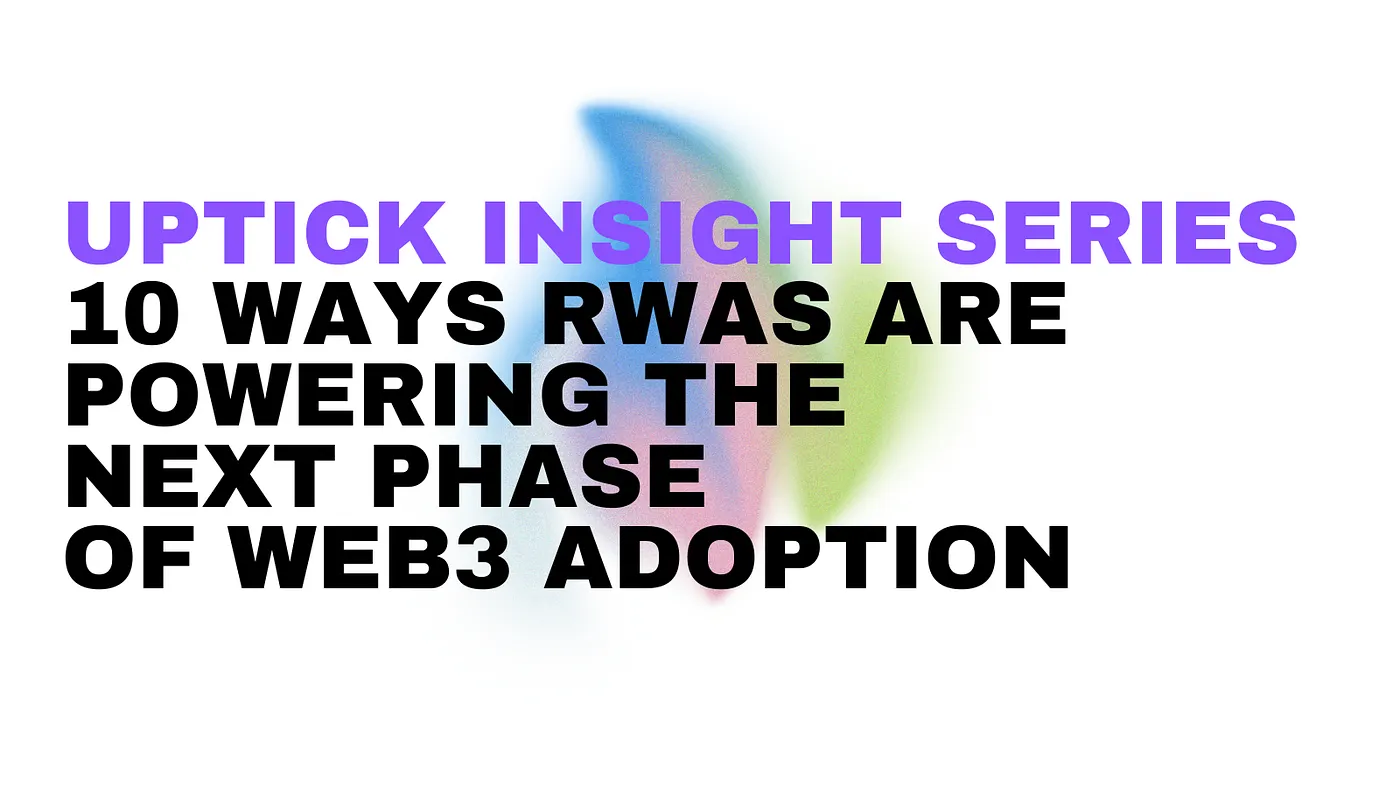
Speculation was where a lot of us started, but crypto really begins to
shine when assets we all know and love are able to connect to the real
economy and start to move alongside the systems we already have in
place.
RWAs change how value is created, held, and transferred on-chain,
which can be anything from property, to invoices, to intellectual
property, essentially, anything that can be tracked, traded, and
programmed. We’ve now moved past the notion of simple representations
of existing assets, and it’s becoming more about how we can make
locked up capital more usable within an open, programmable system.
This article breaks down ten different models showing how real-world
assets are powering the next phase of Web3 adoption, and how Uptick
aims to support this important shift.

Intellectual property is one of the most valuable asset classes in the
world.
It’s also one of the more murky ones, because it’s often illiquid,
siloed, and difficult to price or enforce. Tokenization does things a
little differently, turning patents, trademarks, and copyright-based
revenue into programmable financial assets, where each token could
represent a share of a broader IP bundle.
The idea is that legal metadata such as jurisdiction, license scope,
renewal status, and expected revenue can be embedded directly, and
smart contracts handle the rest, routing royalties in real time,
triggering payouts based on usage data, and enforcing expiry or
revocation terms automatically.
High value IP portfolios can also be combined.
This allows fractional exposure to assets across a broad range of
industries such as pharmaceuticals, software, and consumer goods.
These tokenized bundles basically function like financial products,
bought, sold, and collateralized, with real revenue streams and legal
claims built in.
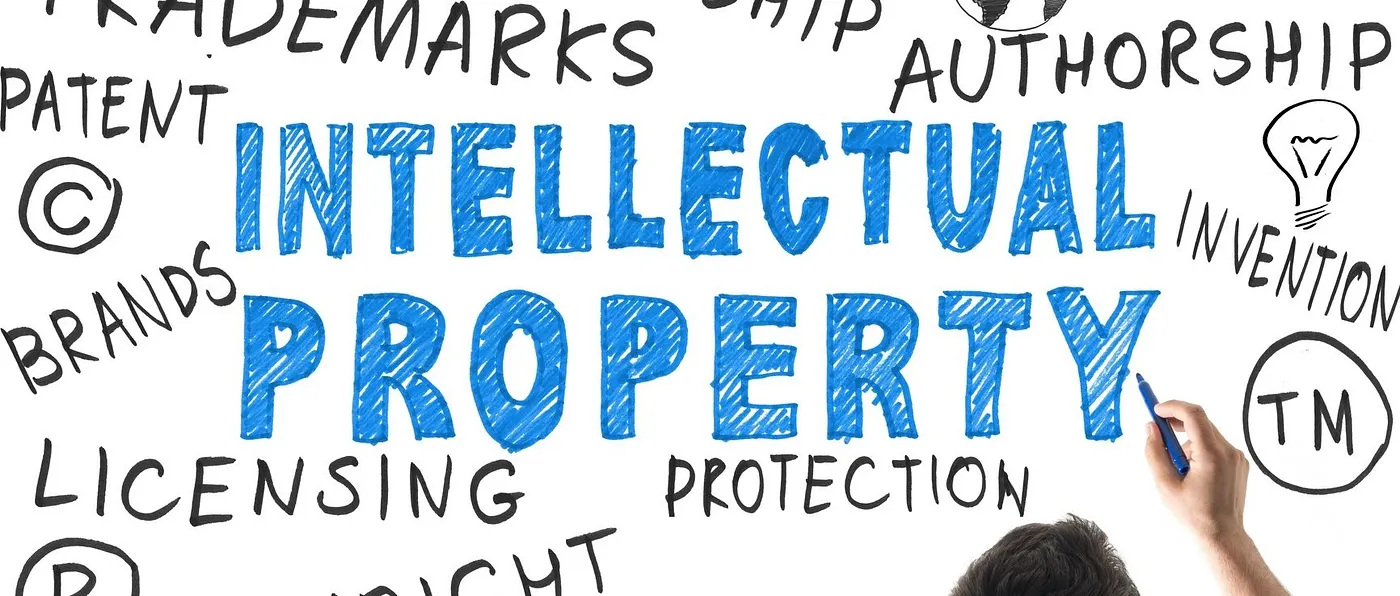
Uptick infrastructure is being developed to support this model, with
ecosystem tokens designed to carry usage terms and support modular
logic that developers could extend to reflect licensing scope,
jurisdiction, or revenue entitlements. Tools for asset verification
and compliance are in progress, and over time, intellectual property
may be integrated into the same programmable frameworks used for
assets like real estate or credit, structured, referenced, and traded
transparently on-chain.
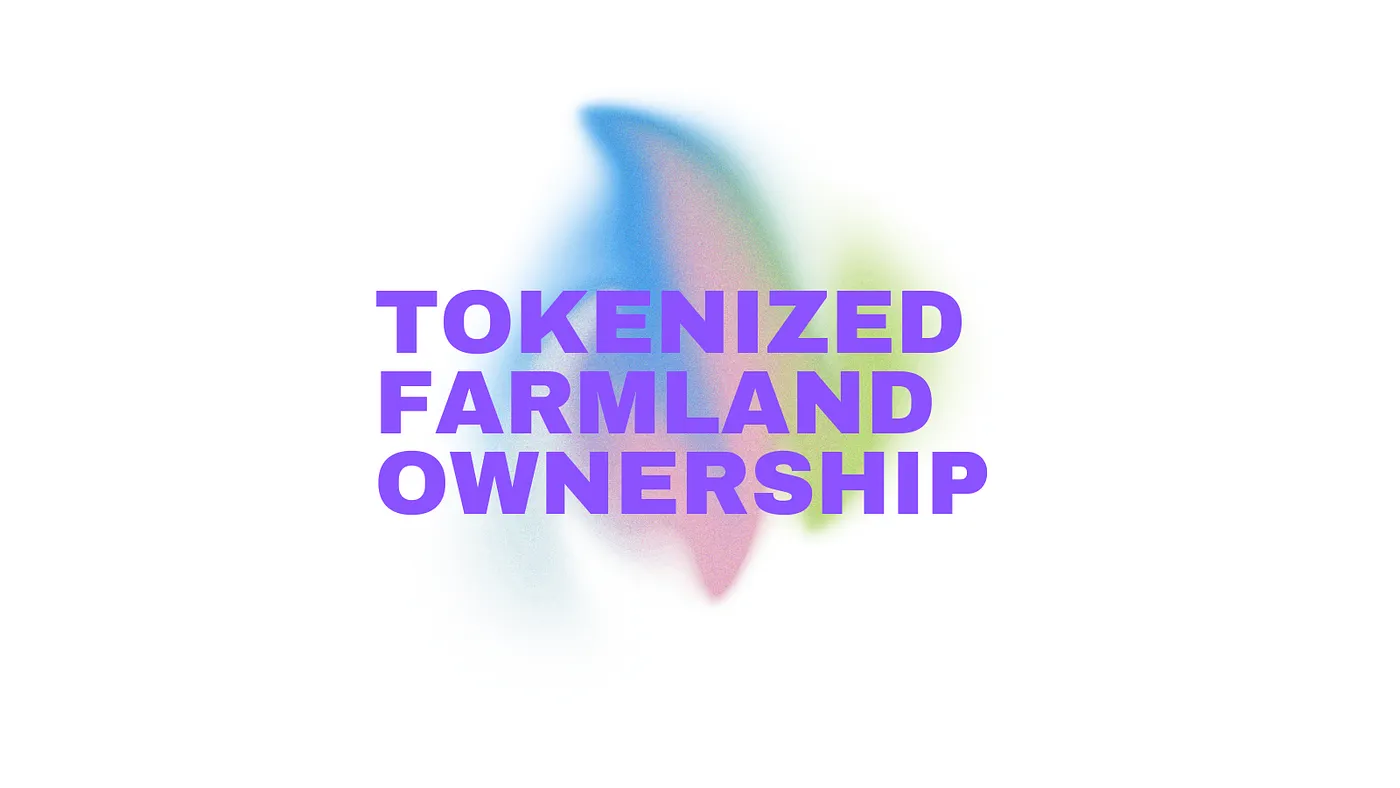
Stay with me, now.
Farmland has always been a reliable store of value.
The problem is that it has rarely been accessible, with high costs,
legal complexity, and geographic barriers keeping most people out.
Tokenization, however, opens the gate, turning land ownership and
lease rights into tradable digital assets.
Investors get exposure to agricultural output without needing to
operate a farm.
In a scenario like this, tokens could represent legal titles, rental
contracts, or a share of crop revenue, all tied to real land
performance and enforced through legal agreements. Each plot could be
mapped on-chain with embedded data like location, yield history, lease
terms, and revenue distribution rules.
Farmers can unlock capital by selling fractional interests in
productive or underused land, creating liquidity without giving up
control.

Uptick is developing infrastructure to support this use case through a
rights-based asset model. Tokens could reflect usage entitlements and
structured revenue participation, and developers could define
real-world conditions that trigger programmable actions on-chain, such
as payouts or access updates.
The goal is to enable real-world outcomes to trigger automated
responses, using infrastructure that keeps the process transparent and
enforceable, without relying on intermediaries.
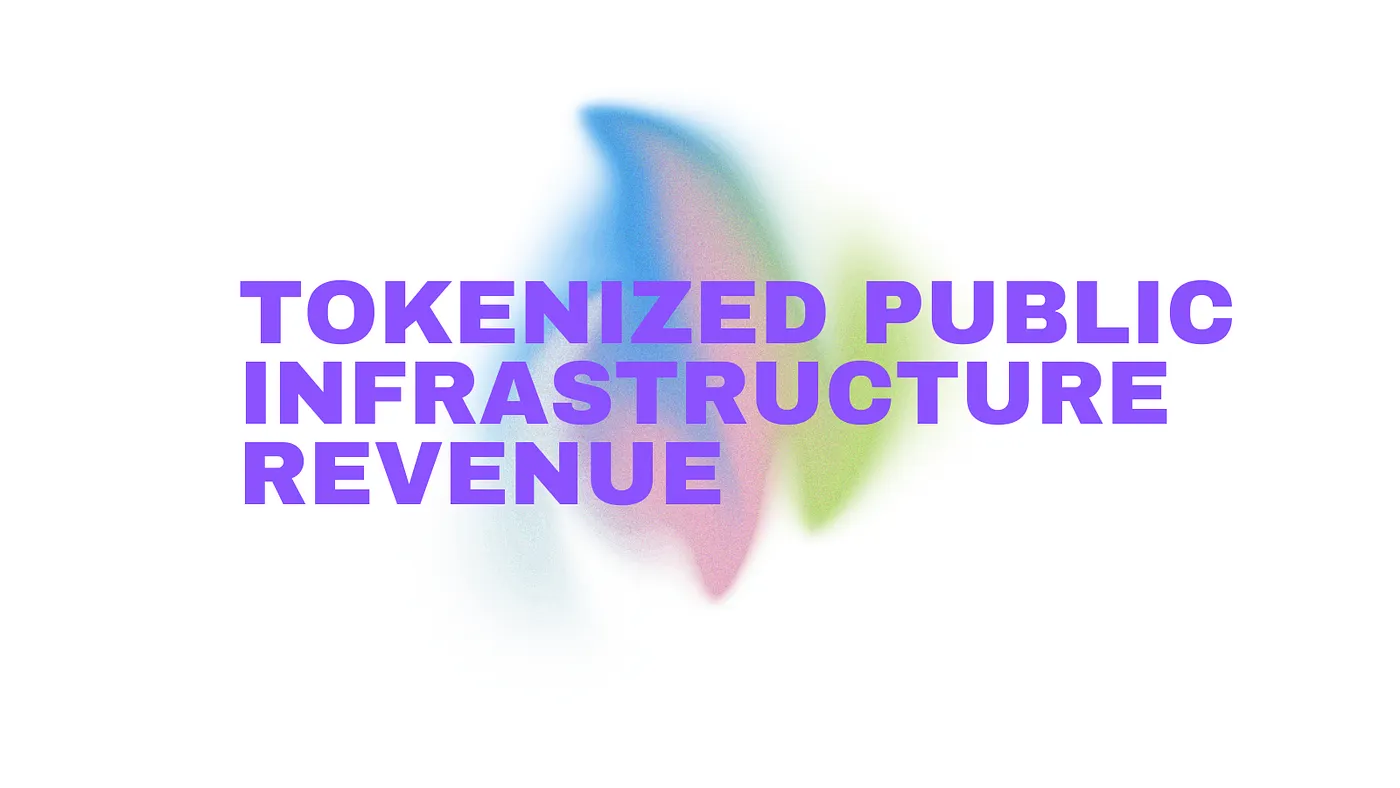
Public infrastructure takes a long time to build, and a lot longer to
finance.
Funding often relies on opaque concessions or slow-moving government
bonds, but tokenization opens that model up by turning
infrastructure-linked income into tradable financial assets, with
tolls, transit payments, and energy fees becoming programmable streams
of yield.
Each token represents a share of future revenue from a specific asset.
This could be anything from toll roads, to bridges, or utility grids.
Asset-level data like location, traffic volume, pricing models, and
payout terms can be embedded directly, and revenues flow to token
holders based on real usage and verified collections, connecting
physical performance to on-chain results.
Governments, city DAOs, or private operators could issue these tokens
to raise funds for new developments or refinance existing ones.
Investors gain access to yield from essential services without relying
on legacy municipal debt markets. The terms are transparent, the
returns are data-driven, and the capital can move more freely.

It’s important to make infrastructure-linked assets operable within
open networks, where real-world performance can drive automated
outcomes, and without losing the structure and accountability needed
for regulated use cases. Uptick is developing infrastructure that
could support this model, with tools designed to help developers build
permissioned systems, manage programmable payouts, and apply
compliance logic directly at the asset level.

Carbon markets are beginning to scale, but lots of people still rely
on paper-based validation that takes months to complete.
Tokenized credits make that process real time, syncing with sensors,
GPS data, satellite feeds, and live emissions tracking to reflect
actual performance on-chain. Credits can expire on schedule, subdivide
once used, or lock automatically when environmental thresholds are
breached. Each credit can carry its own logic, with embedded
parameters like regional rules, credit aging, and audit trails that
update as conditions change.
Stakeholders can issue different classes of sustainability assets,
some built for compliance, others for voluntary use, each governed by
its own structure.
Credits can support offset bundling, compliance tracking, and ESG
score integration, giving corporates real time proof of impact and
regulators a tamper-resistant record from issuance to redemption.
Programmable carbon assets can then enable incentives for verified
impact, insurance against project failure, and connectors between
fragmented climate registries. Credits can evolve as milestones are
met, update metadata over time, and trigger rewards or access when
tied to validated outcomes.
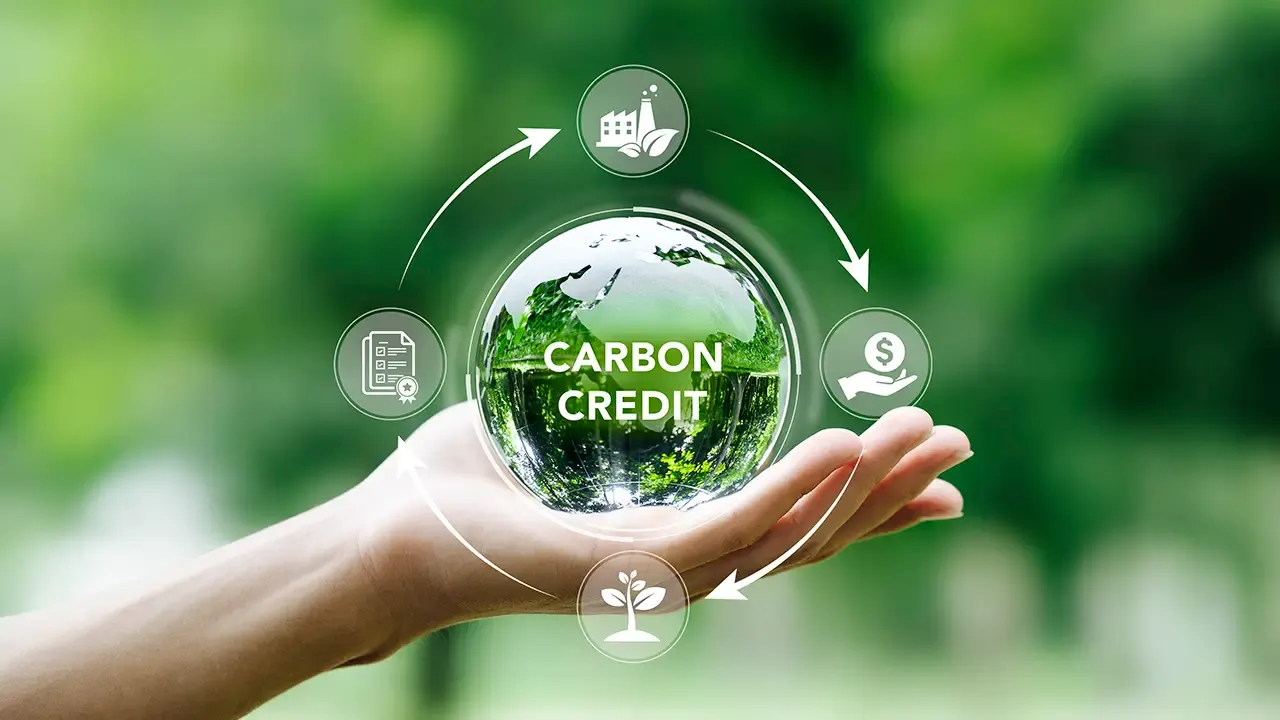
Uptick is developing infrastructure intended to support this model,
with architecture designed to be compatible with oracle inputs,
dynamic metadata, and future tooling for environmental efforts. The
goal being to give developers the ability to issue tokens that reflect
evolving conditions tied to verified actions, such as emissions limits
or tree planting initiatives.
This kind of infrastructure can support new forms of accountability
and coordination, where real-world outcomes are recorded, referenced,
and acted upon without needing centralized intermediaries. This also
opens up the ability to design incentive structures around measurable
progress, helping environmental projects demonstrate compliance,
trigger payouts, or unlock access based on on-chain representations of
off-chain activity.
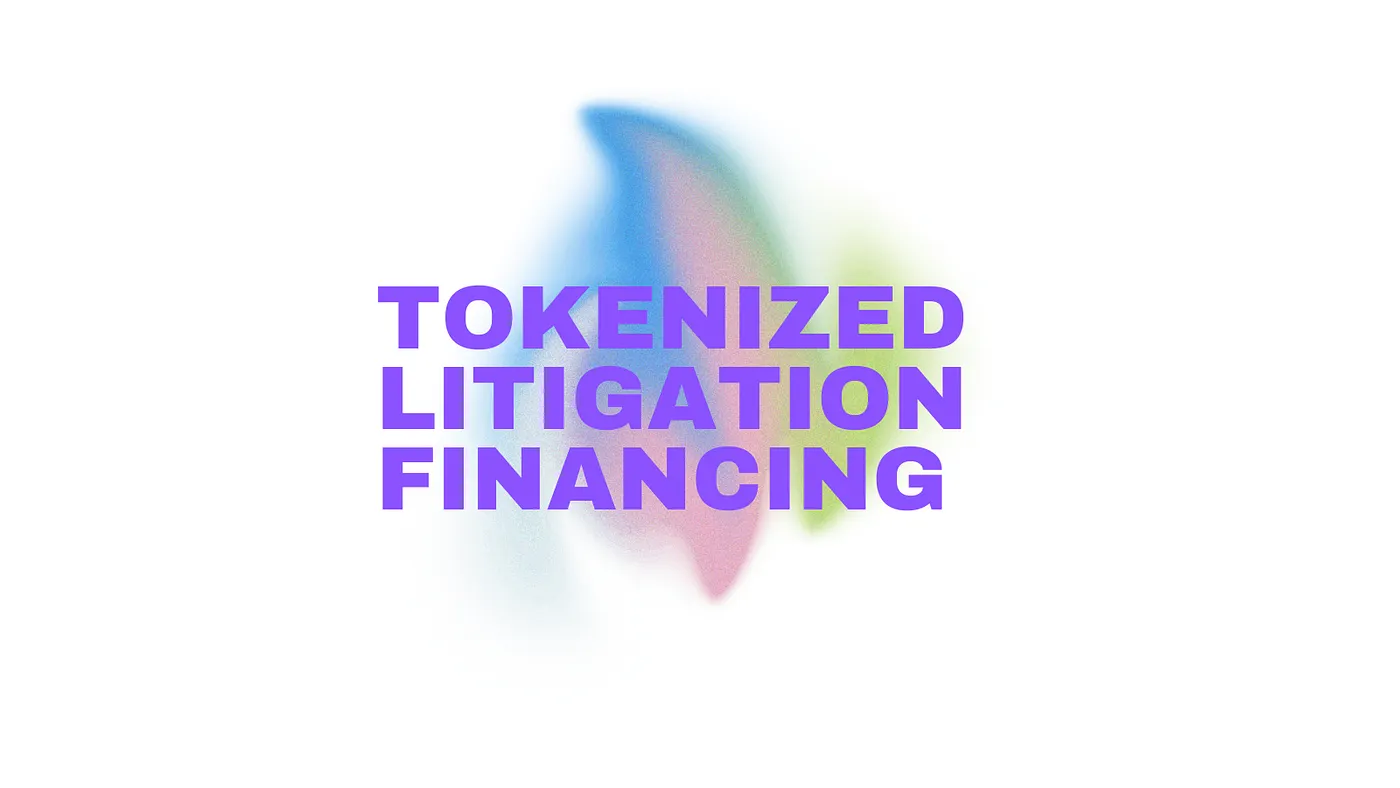
Litigation finance gives investors a way to fund lawsuits in exchange
for a share of the outcome.
This is already gaining traction in traditional markets, but access is
limited, processes are slow, and the mechanics are hidden behind
closed agreements. Tokenizing legal claims taps into that space,
turning future case outcomes into programmable, tradable assets.
Each token can represent a share of a single case or a broader
portfolio, with terms built in from the start.
Jurisdiction, funding structure, settlement waterfall, and claim
priority can all be embedded at the asset level. Smart contracts
handle payouts once verifiable outcomes are reached, with oracles
supplying inputs like court rulings, filings, or public settlement
data.

Uptick infrastructure is being developed to support a structured
variety of digital assets with programmable terms, distribution logic,
and access controls that developers could tailor to specific use
cases. In models like tokenized litigation finance, this
infrastructure could help define how claims are represented and
managed on-chain, with external verification needed for any real-world
legal outcomes.
Assets with complex conditions should be modeled transparently and
tracked across networks, without overstating on-chain enforcement.
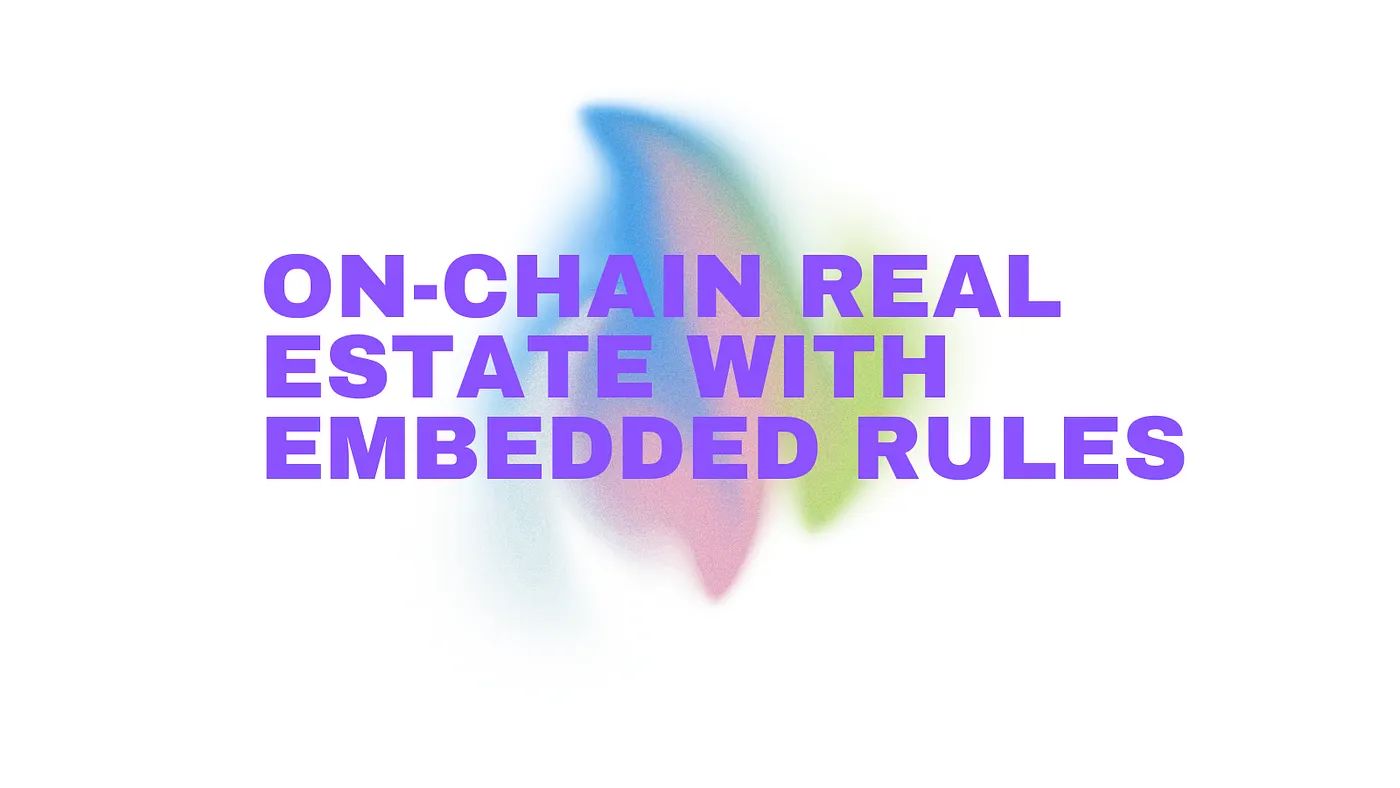
Tokenized real estate opens access to high value properties on a
global scale, but the real shift is in how ownership can be
programmed. Tokens can carry embedded fees, rent distribution logic,
region specific transfer conditions, and governance rights that evolve
over time.
Holding a token can generate income, unlock utility access, or enable
services like insurance.
Developers can tokenize pre-sales in stages, and buyers gain exposure
to portfolios that span multiple jurisdictions. Rules around voting,
upgrades, or resale can shift based on asset type, location, or how
long the token has been held.
Tenant activity, maintenance history, and community involvement can
feed into smart rules that adjust payouts or permissions in real time,
and escrows managed on-chain can handle reserves for repairs, energy
goals, or taxes, and fractional holders may receive utility credits or
temporary access when units are not in use.
Real estate becomes a programmable system for managing access,
distributing value, and aligning incentives across local economies.
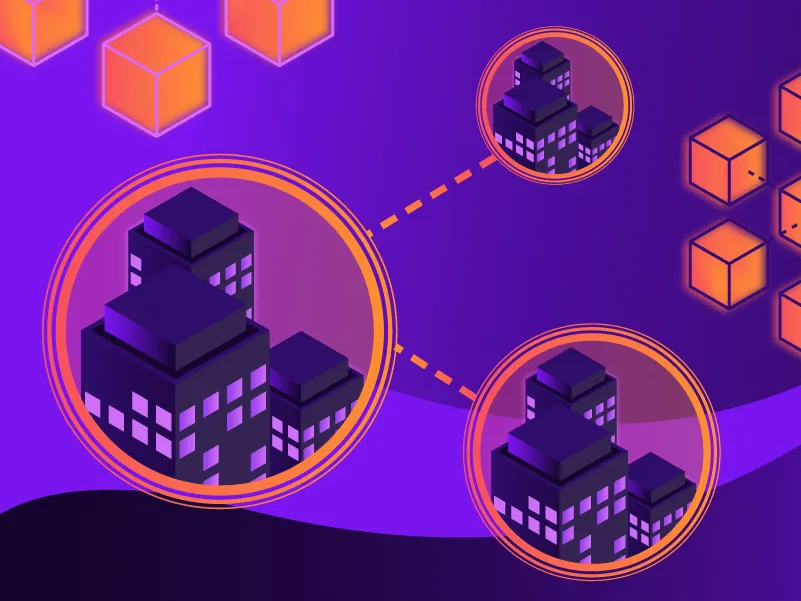
Uptick is developing infrastructure to support programmable asset
models like these, with tooling intended to help developers build in
asset-level compliance, revenue tracking, and flexible permission
systems. In the future, conditions such as verified identity, holding
duration, or other on-chain signals could be used to shape how rights
and payouts are managed.
Over time, this infrastructure can support automation across parts of
the real estate lifecycle, providing transparency and control without
relying on centralized intermediaries.
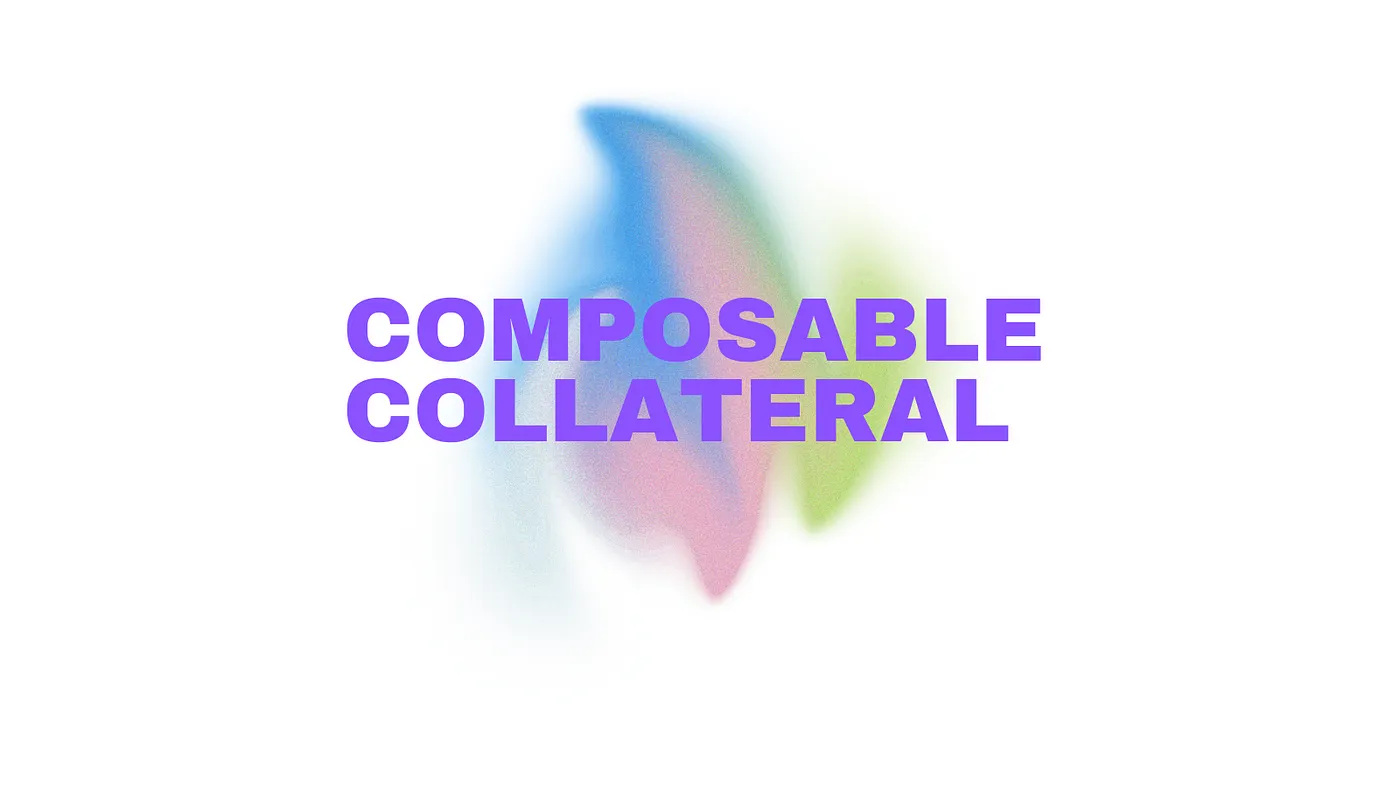
Collateral is expanding beyond crypto assets.
Tokenized invoices, IP contracts, equipment leases, and recurring
revenue streams can now support borrowing strategies, bringing
liquidity to assets that were previously difficult to finance.
Each token can carry logic tied to lock conditions, usage terms, and
performance-based scoring, giving lenders a clearer view of risk.
Credit pools become broader, repayments can be tracked through
oracles, and real time signals can trigger re-rating or liquidation
without manual steps. Assets can be structured into different risk
layers, or repackaged for resale, giving rise to flexible instruments
that adjust to market conditions.
New composable lending mechanisms emerge when these assets plug into
automated credit lines or yield strategies.
Lending flows can shift based on real performance, and capital can
respond instantly without intermediaries getting in the way. IP based
loans can adjust exposure based on royalty income, and equipment
leases can trigger insurance or upgrade rights when certain thresholds
are met.
These flows are coordinated by smart contracts that manage terms
between parties and keep everything running with less friction.
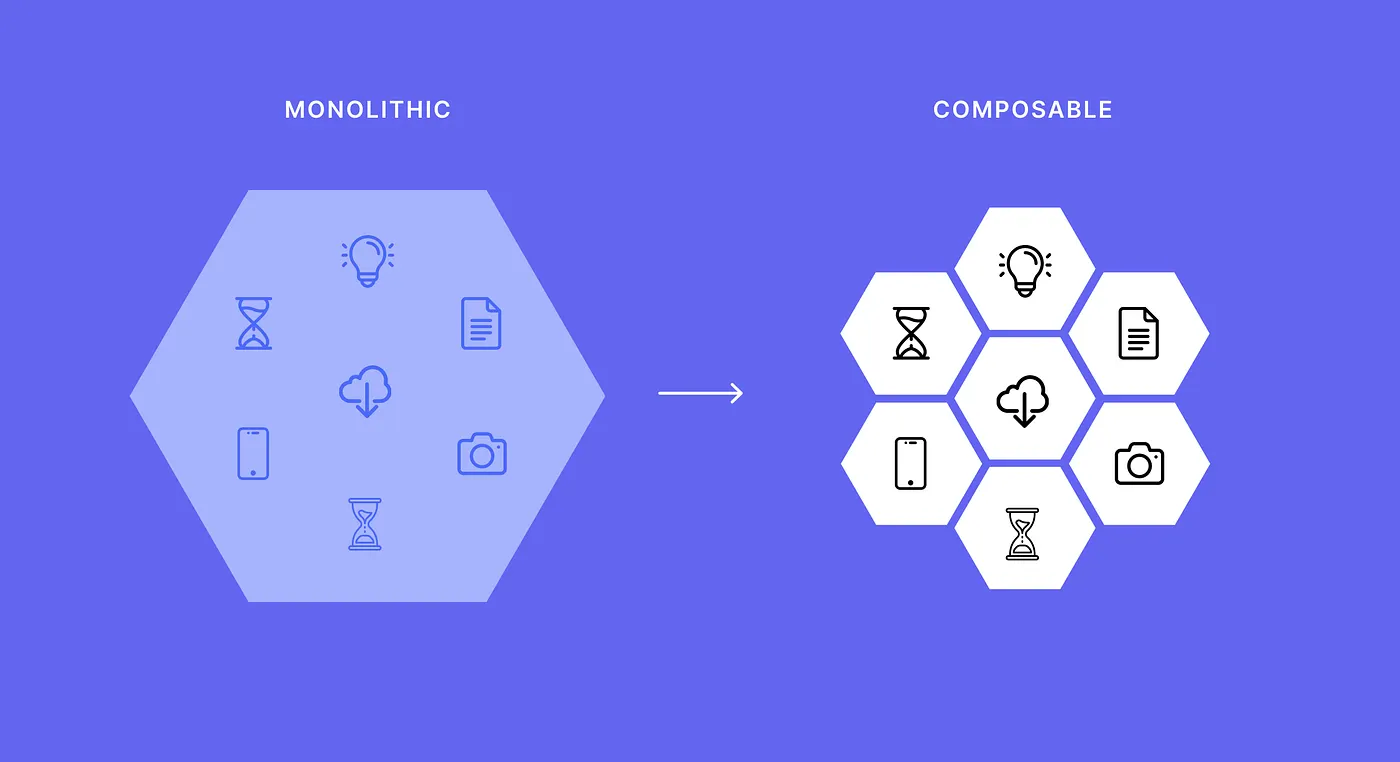
Uptick is developing infrastructure to support a number of different
programmable asset models with embedded terms, usage-based metadata,
and logic that developers can configure for collateral use cases. The
aim is to make it easier to represent repayment rules, usage
constraints, and eligibility conditions directly at the asset level.
Over time, this could enable more adaptive lending systems to be built
on-chain, without relying solely on crypto-native asset types or
manual oversight.
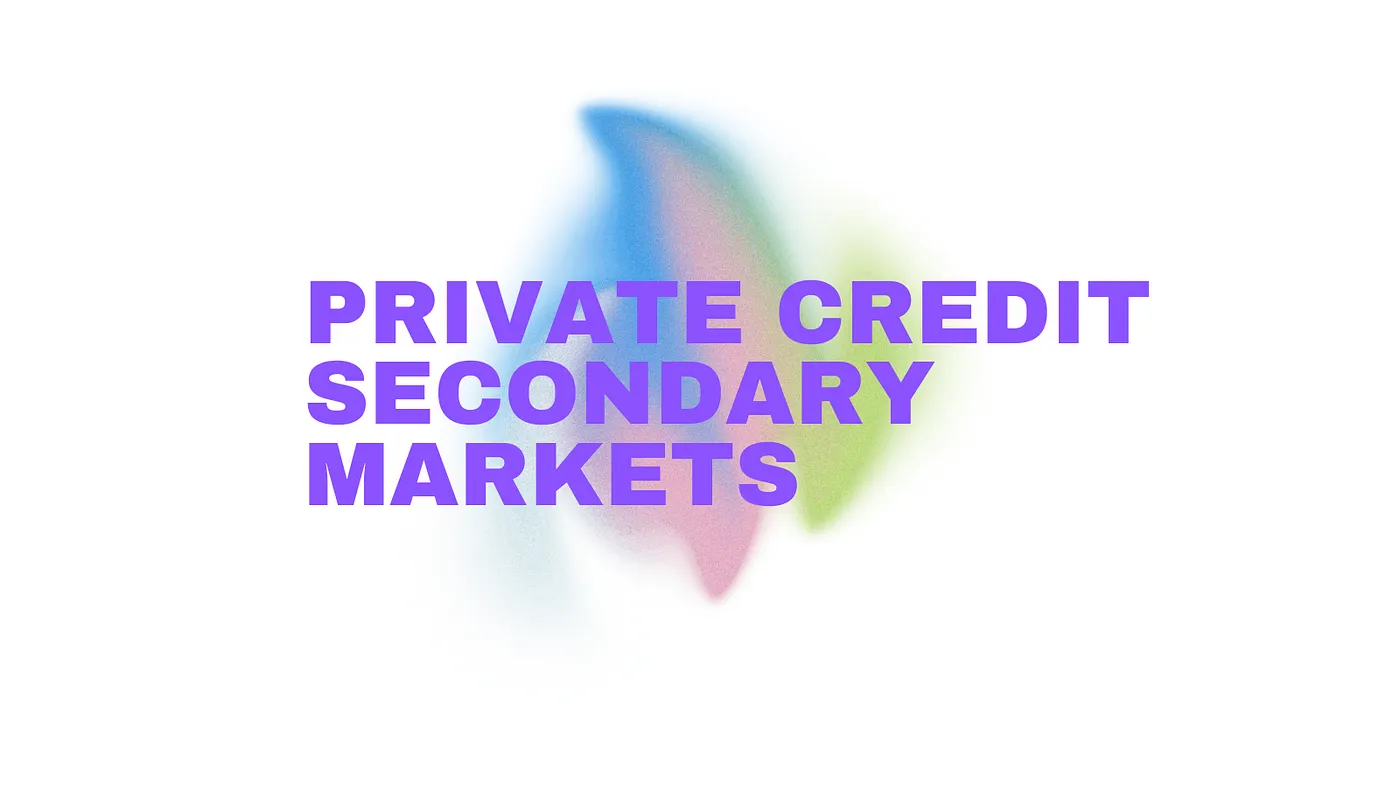
Private credit markets are starting to open up, allowing smaller
lenders and non traditional providers to access opportunities once
limited to large institutions. SME loans, invoice factoring, and
alternative equipment financing can now be tokenized, fractionalized,
and traded in open digital markets.
These tokens can reflect real terms tied to repayment timing, credit
tier, or borrower profile.
Yield strategies can adjust based on performance, and repayment data
can flow into dynamic models that react to actual borrower behaviour.
Loans become flexible assets that respond to changing risk, with the
potential for syndication, resale, and automated claim execution.
New participants can build pools focused on specific verticals, using
risk logic tailored to sectors like agriculture or creative work, then
governance logic can be structured via DAOs or smart contract-based
systems, and real-world signals like utility payments or inventory
levels can trigger changes to credit scores or repayment terms.

Uptick is building infrastructure intended to support this direction,
giving developers the tools to design programmable debt instruments
with embedded compliance logic and dynamic metadata. Capabilities such
as regional restrictions, KYC-aware permissions, and real-time status
updates can become part of the architecture, aimed at helping teams
create credit systems that are transparent, adaptable, and
interoperable across networks.
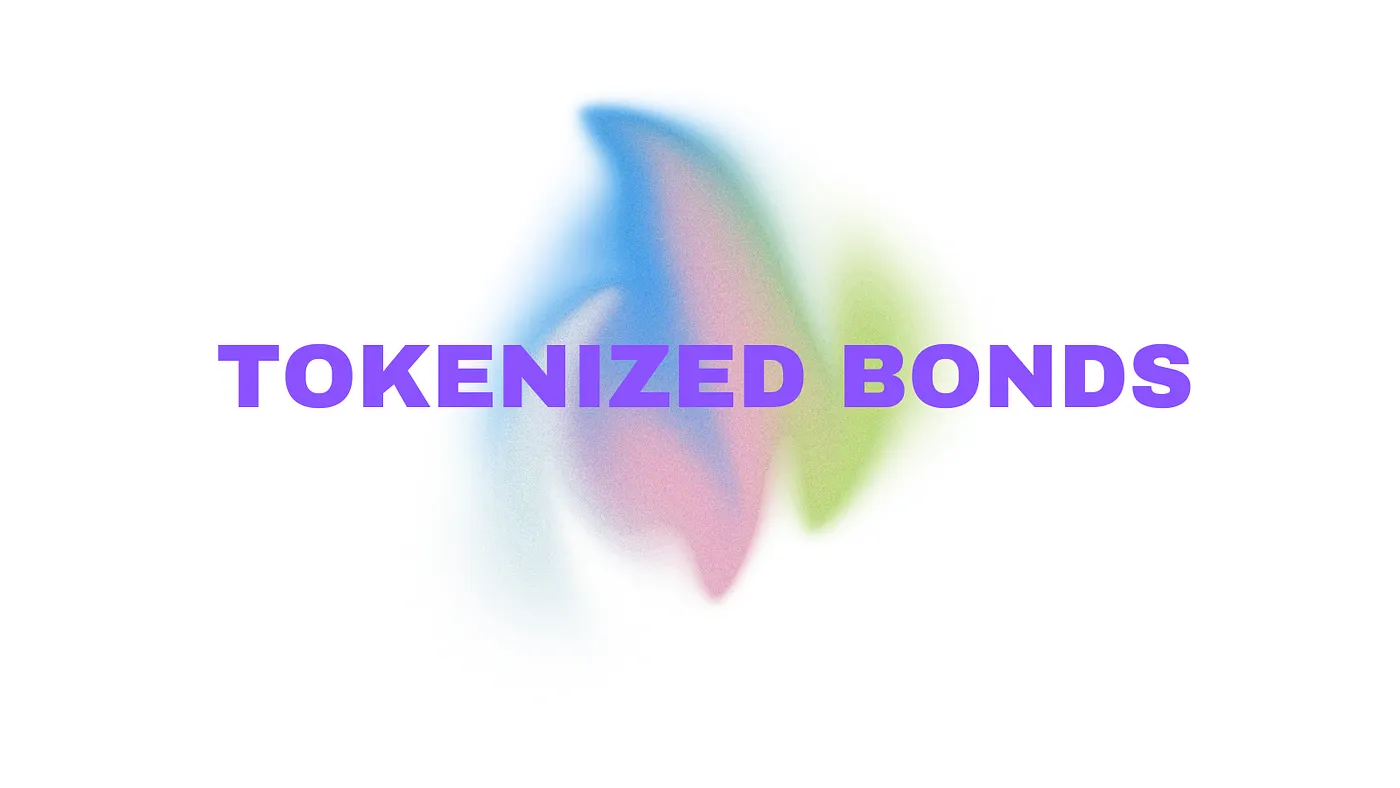
Bond markets are still held back by intermediaries, delayed
settlements, and fragmented infrastructure.
Tokenization provides a much cleaner alternative, turning fixed income
instruments into programmable assets that can be issued, tracked, and
updated in real time. Each token can carry embedded terms like
interest schedules, lock periods, redemption conditions, and
compliance requirements. Micro distributions become easier to manage,
and payouts can adjust based on contract rules, external data feeds,
or investor actions.
Features like KYC, time-based transfer rules, or escrow mechanisms can
be encoded directly into the asset.
This makes these tokens usable across institutional portfolios or DAO
treasuries, so idle capital can move faster, and income flows become
more transparent and predictable.
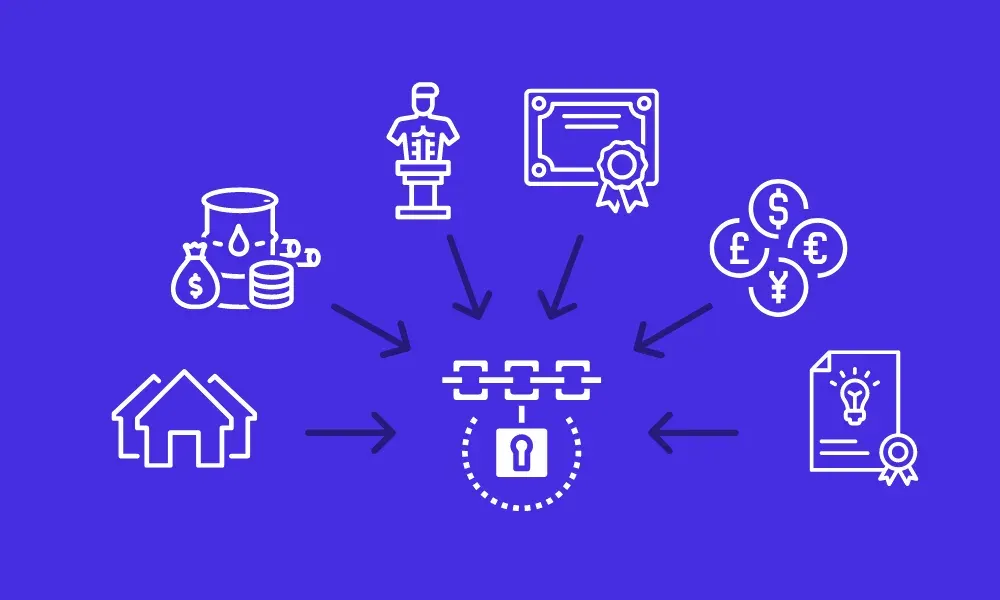
Uptick is building infrastructure intended to support programmable
financial instruments like tokenized bonds, with protocol-level tools
designed to let developers model internal states, integrate oracle
data, and manage distribution logic on chain. The aim is to help
create fixed income assets that can operate transparently and
efficiently within on-chain portfolio systems, without relying on
traditional custodians or clearing layers.
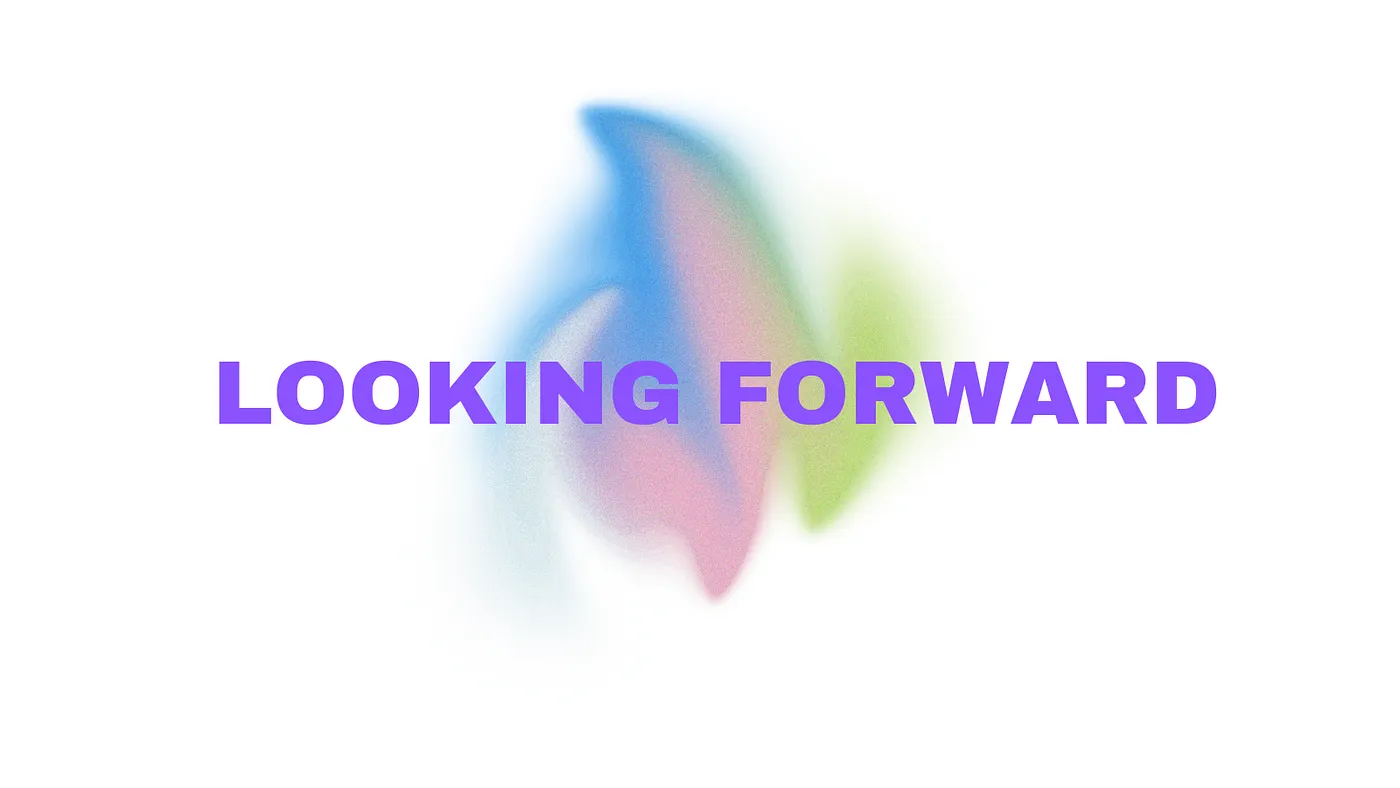
RWAs bring legacy assets on-chain in a way that completely changes how
they function, and with it, ownership becomes programmable, rules can
adapt over time, and value begins to reflect real world activity in
motion.
This has already started, as models are being tested, infrastructure
is evolving, and DeFi is finally starting to move past crypto-native
collateral. Uptick is building infrastructure to support this
transition, focusing on tools that allow assets to incorporate
compliance logic, automation, and cross-platform compatibility at the
protocol level.
The goal is to help developers design RWA models that function
natively in open systems and evolve with real-world economic activity
in a sustainable way.





















